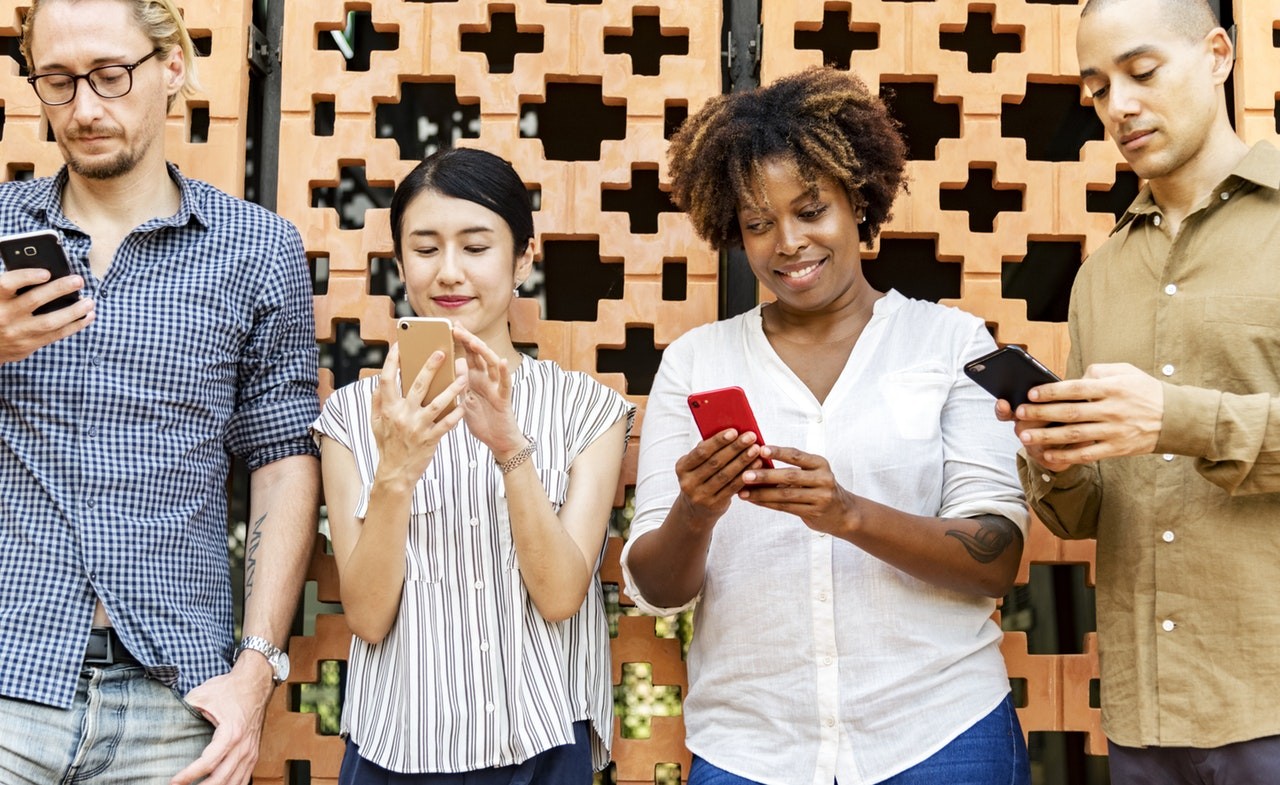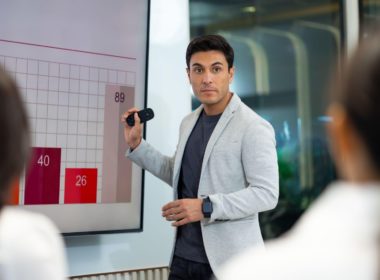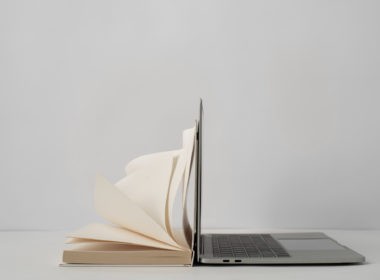It’s hard to imagine a person who never does several things at the same. You are scrolling down your Facebook page during a meeting. You are feverishly checking your email while doing a project you have at work. You talk over the phone during your evening commute. You brush your teeth and read a new article in your favorite online journal.
If you are a student, then your entire life may be managed by this principle – you surf YouTube, write your term paper, and talk to your friend via phone or chat (gladly, there are essay writing websites that can undertake your homework and make your life easier). This might sound familiar to most of our readers of all ages. We do a lot of multitasking without even paying attention to this.

There was a great deal of productivity advice for past several years, and most experts claimed that doing multiple things at the same time decreases your productivity level dramatically. However, we still do it. For example, writing this article also includes drinking coffee and ruffling my cat’s fur. The question is why we all do multitasking if it is so counterproductive? Is it that bad?
Task switching vs multitasking
Well, let’s start by defining what multitasking really is. Look through a lot of scientific articles and studies about multitasking and you will see that this term is not always used in the right way. Upon a closer view, it’s becoming clear that most authors talk rather about task switching than multitasking. Task switching is connected with switching your attention from one activity/object to another. This might involve two tasks or even more.
For example, the process of doing a project and checking your inbox at the same time is referred to as multitasking, but it’s not. Actually, you are not doing these things at the same time, but bouncing between them like a tennis ball. Your email gets your attention and then you come back to your project again.
Therefore, this crazy switching of different activities evokes disapproval in productivity, not multitasking. Some experts even claim that every attention switch uses up glucose in your brain, while glucose is a source of energy that keeps you focused and alert. Therefore, disbursing all of your glucose reserves makes you feel tired and stressed by the end of the day. Moreover, you lose not only your energy but your precious time, too. Every time you transit between activities, you dally away.
How can multitasking be a good practice?
So what we have explored is that switching back and forth between activities decreases your productivity level. However, what about doing two or more things at the same time without hopping from one to another? Being a worldly-wise self-proclaimed multitasker, I wasn’t convinced that combining different activities is that bad, as it is an adaptive process to the fast world that is going on around us.
Here are some interesting facts to prove that multitasking is not that awful.

We live in the world of media overload; therefore, we just can’t avoid some forms of multitasking. Many researchers say that this is a bad practice, but one experiment proves that media multitasking can actually be wholesome.
This was an experiment conducted at The Chinese University of Hong Kong by Alan Wong and Kelvin Lui. Sixty participants were completing a visual test – their task was identifying a specific shape on a computer screen full of similar pictures that were constantly changing color.
To add an element of surprise in a mix, the researchers played a tone during tests that indicated the exact moment when a target shape changed color without indicating shape’s location. As a result, those participants who were used to media multitasking were more successful at a multi-sensory confluence. To put it simply, the random tone never disorientated them. On the contrary, it helped them identify the required shape even faster.
The explanation is pretty simple. If you are used to taking in different types of information from various sources at the same time, it is much easier for you to use the unexpected audio signal in the tone task, which leads to a better performance in your hearing of the signal.
Okay, but let’s move forward and discuss multitasking that is not related to the media.

Another study took place at the University of Florida in 2015. Participants were offered to sit on the bicycles and pedal at a comfortable speed for a couple of minutes. The next step was pedaling again but with a screen that presented 12 cognitive tests of various difficulty levels in front of them. After that, they were asked to complete the same tests while sitting on a chair.
The results were unexpected. The participants didn’t do the cognitive tests worse when pedaling; moreover, they pedaled 25% faster. As a result, multitasking didn’t damage their cognitive functions. On the contrary, it improved their physical performance.
Deepening your time by means of multitasking
Multitasking can be viewed as time adjustment that deepens it instead of fragmenting. The secret of efficient multitasking is using your time wisely by performing tasks that don’t enter into a conflict with each other. For example, when you are jogging and talking to your friend at the same, you are practicing a beneficial type of multitasking, because these activities tax different parts of your brain. Exercising plus commuting make a perfect combination. At the same time, writing an email while you are in a conference hall is a bad idea.

So doing different tasks that don’t interfere with one another can actually maximize your productivity and save your energy instead of destroying them.
To multitask or not to multitask?
What should you do in such case? Should you surrender to the temptation of multitasking or do one thing at a time? It depends on what exactly you are doing – task switching or multitasking.
According to the research, one thing is clear: frequently switching your attention from one activity to another is bad. It spends your energy resources, makes you tired, and wastes your precious time. However, efficient multitasking improves your performance. Doing two things at once is possible and even beneficial when these tasks use different types of cognitive energy. For example, writing an email and talking to someone is difficult and unproductive. However, if you can find a way to combine two different tasks like listening to a podcast while doing some treadmill or brainstorming ideas while tidying up can improve your productivity significantly.
And even the toughest multitasking critics cannot deny it!
About the author:
Jennifer Pauli graduated from Corvinus School of Management and finished the faculty of Journalism at Corvinus University of Budapest. For her, copywriting and authorship is not a hobby, not a temporary job, but the main occupation to which she devotes most of her time. Currently, she’s an editor, business writer, and copywriter, working with enough well-known companies, blogs, and personalities. Follow Jennifer on Twitter and G+ and read her personal BlogSpot.












